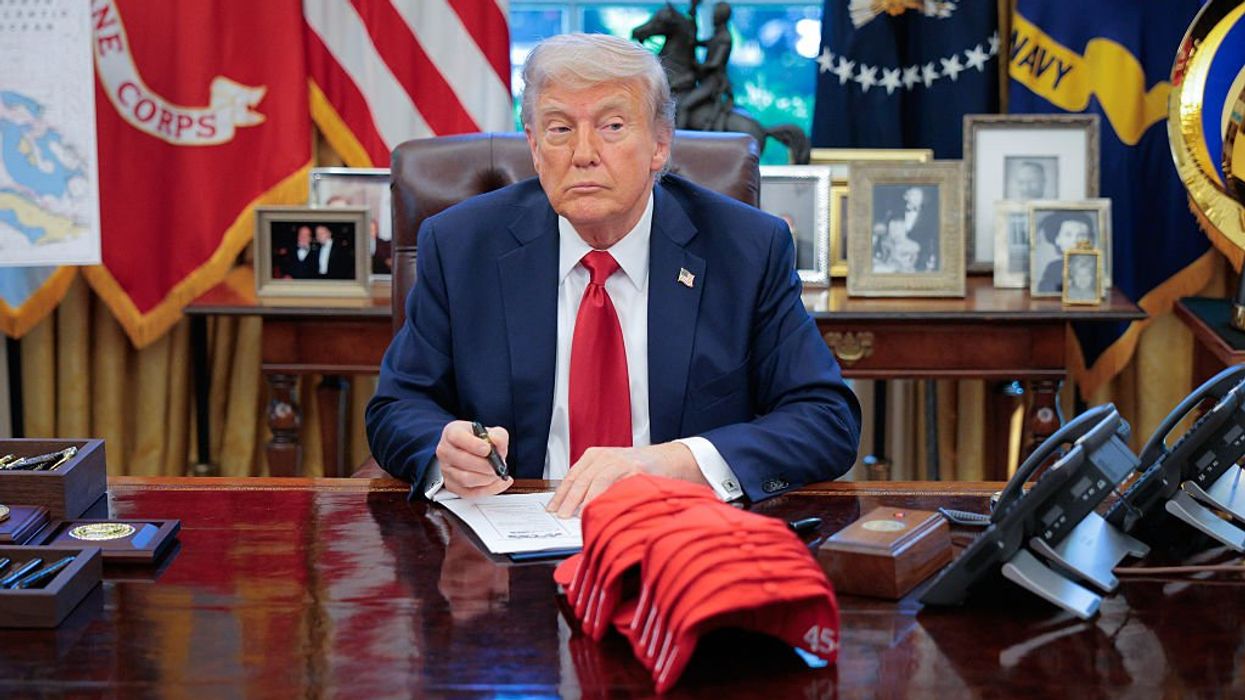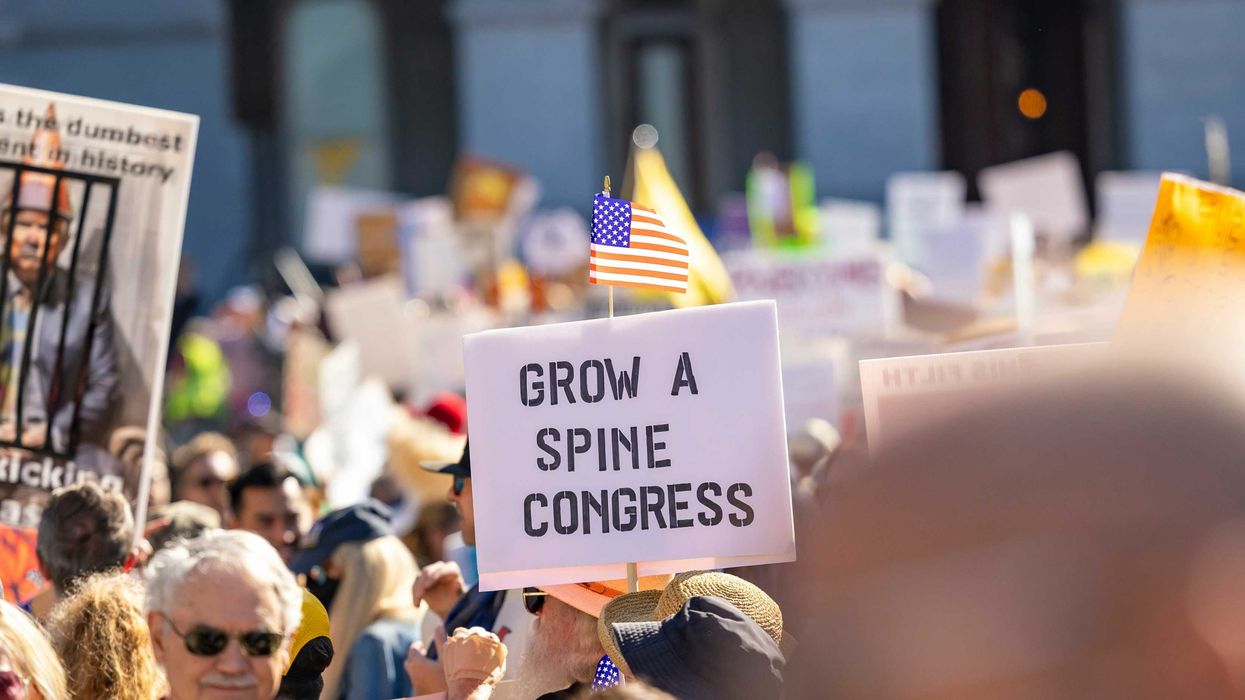On July 25, 1933, President Franklin D. Roosevelt gave a radio address to 125 million Americans in which he coined the term “first 100 days.” Today, the 100th day of a presidency is considered a benchmark to measure the early success or failure of a president.
Mr. Trump’s 100th day of office lands on April 30, when the world has witnessed his 137 executive orders, 39 proclamations, 36 memoranda, a few Cabinet meetings, and numerous press briefings. In summary, Trump’s cabinet appointments and seemingly arbitrary, capricious, ad hoc, and erratic actions have created turmoil in the stock market, utter confusion among our international trade partners, and confounded unrest with consumers, workers, small business owners, and corporate CEOs.
Interestingly, a recently published UMass/YouGov poll found that 26 percent of the people who voted for Trump have lost their confidence and appeal for our 47th president.
It appears The New York Times was the first media agency to report, on just the 18th day of Trump’s 2.0 presidency, that Trump was creating a constitutional crisis. That claim has been reported in multiple major news agencies, spoken in town hall meetings, and observed in thousands of public protests with demonstrators from all political persuasions requesting Congress and the Supreme Court to stop our democracy from turning into an authoritarian dictatorship.
On March 25, I sent an e-mail to authoritarian scholar Barbara McQuade (who is a professor at the University Michigan Law School, previous U.S. Attorney for the Eastern District of Michigan, and author of “Attack from within”) seeking her expert opinion on what citizens would most likely witness when a constitutional crisis has occurred and on recommended action citizens should take.
Two days later, McQuade replied to my inquiry: “If a president were to deliberately violate a court order, I think we could consider that a constitutional crisis,” and she added, “Citizens can do many things to push back against abuse of power, such as vote, write to their member of Congress, or participate in a protest, but I think the most effective thing a citizen can do is to talk to their friends and neighbors to explain their concerns and rally support.”
Republican Peter Wehner, who served as the speechwriter for three GOP administrations (i.e., Ronald Reagan, George H.W. Bush, and George W. Bush) and senior fellow at Trinity Forum — an American faith-based non-profit Christian organization — feels Trump has created not one, not two, but three crisis situations. Wehner stated in an April 19 Wall Street Journal article, “It seems as if we are moving at a rapid speed toward a genuine constitutional crisis, a genuine separation-of-powers crisis, and a genuine checks-and-balances crisis.”
You can decide if any of the following actions and published repercussions put America in the precarious dilemma of being in a constitutional crisis:
- Trump has openly defied federal court directives, refusing to halt deportation flights to El Salvador and return an illegally deported Maryland man.
- Trump has eliminated and/or dismantled federal agencies — like USAID — by executive order, bypassing Congressional authority.
- Trump has claimed the right to withhold or redirect federal funds appropriated by law, undermining Congress’s constitutional power of the purse.
- Trump has fired civil service-protected employees, a violation of federal law.
- Trump is attempting to end birthright citizenship by executive action, a constitutional right under the 14th Amendment.
- Trump has withheld funds from universities without legal justification.
- Trump has revoked visas solely because of the holders’ expressed viewpoints, violating First Amendment protections.
- Trump has attacked federal judges, questioning their legitimacy and authority, which erodes the independence of the judiciary.
- Trump has created DOGE without Congressional approval, challenging the separation of powers.
- Trump has set tariffs on our trading partners as opposed to Article 1, Section 8 of the U.S. Constitution that grants Congress the explicit power to “lay and collect Taxes, Duties, Imposts and Excises” and to “regulate Commerce with foreign Nations.”
Polling by the revered and non-political Reuters/Ipsos found 83 percent of Americans feel “Trump must obey federal court rulings even if he doesn’t want to” (April 20). Wall Street Journal polling has shown that “voters want to keep constitutional guardrails in place that constrain a president’s power” (April 4).
Keep in mind, as of April 23, there have been 208 legal challenges to the Trump administration’s actions (Just Security – New York Univ. School of Law). Additionally, a probable Trump-related contempt of court opinion was issued by U.S. District Court Chief Judge James Boasberg, which, if ordered, could lead to incarceration (Law News, April 23).
If you are concerned about Mr. Trump’s endeavors, consider the advice offered by law professor McQuade: participate in peaceful rallies, support political candidates committed to upholding constitutional democracy, communicate with your two Senators and Representatives about your concerns, and visit with friends about the trifecta crisis that is becoming more evident by political scientists, authoritarian scholars, constitutional law experts, and registered voters like you and me.
Steve Corbin is a Professor Emeritus of Marketing, University of Northern Iowa.




















